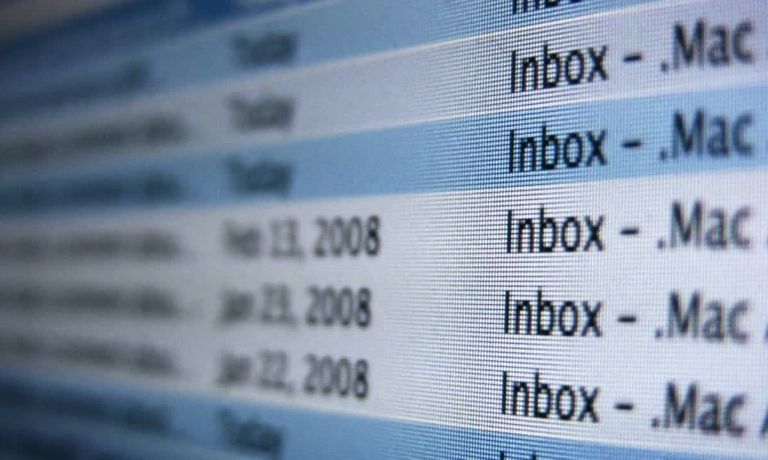Sometimes, you get emails with “RE:” written at the beginning of the subject line. Maybe it says “RE: Your Order” or “RE: Meeting Confirmation.” At first, it might look strange, or you may think it means something very serious. But in reality, it’s just a simple part of email conversation.
Many people use it or see it daily, but not all know what it means or how it works. In this article, I will explain what “RE:” stands for, when it shows up, and how you should use it properly while writing or replying to emails.
What Does “RE:” Mean in an Email?

The short answer is this: “RE:” in an email means you are replying to a previous message. It doesn’t mean “reference” or “regarding,” even though some people think that.
The full form of “RE” in email is “reply.” It’s automatically added to the subject line when you hit the reply button in any email service like Gmail, Outlook, or Yahoo. So, if someone sends you an email with the subject “Payment Confirmation,” and you reply, it will turn into “RE: Payment Confirmation.”
This helps the receiver understand that your email is part of an ongoing conversation. It also keeps all messages together in a single thread so both sender and receiver can follow it easily.
When Does “RE:” Show Up in the Subject Line?
You don’t have to add “RE:” yourself. It’s added by your email software or app whenever you reply to someone’s message. This happens on all platforms — mobile, desktop, or web-based email.
For example:
- First email subject: Delivery Date for Order
- After you reply: RE: Delivery Date for Order
This change happens by default. It shows that this message is connected to the first email. It’s very useful in business emails, customer support, or any place where email threads go long.
You might also see “RE: RE:” if someone keeps replying back and forth. But most email services clean that up and keep it as a single “RE:” even after multiple replies.
Should I Manually Add “RE:” in an Email?
No, not really. In most normal cases, you should not add “RE:” by typing it yourself. If you are replying, just click reply — your email service will do it for you.
But in some formal or old-style writing, especially in companies or legal letters, you may see someone writing “Re: Policy Update” to mean “regarding.” That’s a separate use, and it’s more for paper letters or formal email templates, not common daily use.
So unless you are writing a business letter in a fixed format, just let your email app handle the “RE:” part.
What’s the Difference Between “RE:” and “FW:”?

People also get confused between “RE:” and “FW:”. Both show up in emails, but they mean two different things.
- RE: reply to an email
- FW: forward an email
So if you reply to someone, it becomes RE. If you are sending the same message to another person (not the original sender), it becomes FW.
For example:
- Your friend sends you a list → You reply → RE: Shopping List
- You forward it to your sibling → FW: Shopping List
These tags are used by all email services to show what kind of action was taken on a message.
Common Mistakes People Make with “RE:”
Here are a few mistakes people often make while using “RE:” in emails:
- Adding “RE:” manually in a new email when it’s not a reply
- Thinking “RE:” always means “regarding”
- Writing “RE:” in spam emails just to get attention
- Using multiple “RE: RE: RE:” lines which look messy
- Mixing up “RE:” with “FW:” or “OC” (which means original content)
These mistakes make your emails look confusing or unprofessional. It’s better to let the email system do this automatically.
Can “RE:” Mean Something Else Outside of Email?
Yes, in formal letters or office memos, “Re:” written like that can still mean “regarding” or “about.” It’s common in printed letters or notices.
Example:
- Re: Application for Leave
This means the topic is about the leave application.
But remember, in emails, it almost always means “reply” — not “regarding.”
Conclusion
So now you know the real meaning of “RE:” in email. It just shows that a message is a reply, and it helps organize your inbox and conversations. You don’t have to add it yourself — email apps do it automatically.
Use it correctly, and your emails will be cleaner and easier to follow. And if you’ve ever seen someone use “RE:” in a funny or wrong way, let us know in the comments. It’s always fun to learn from small mistakes.
I’ve been into SEO and blogging for over 7 years. I help websites show up higher on search engines. I really enjoy writing helpful guides, especially about gaming and tech stuff.
